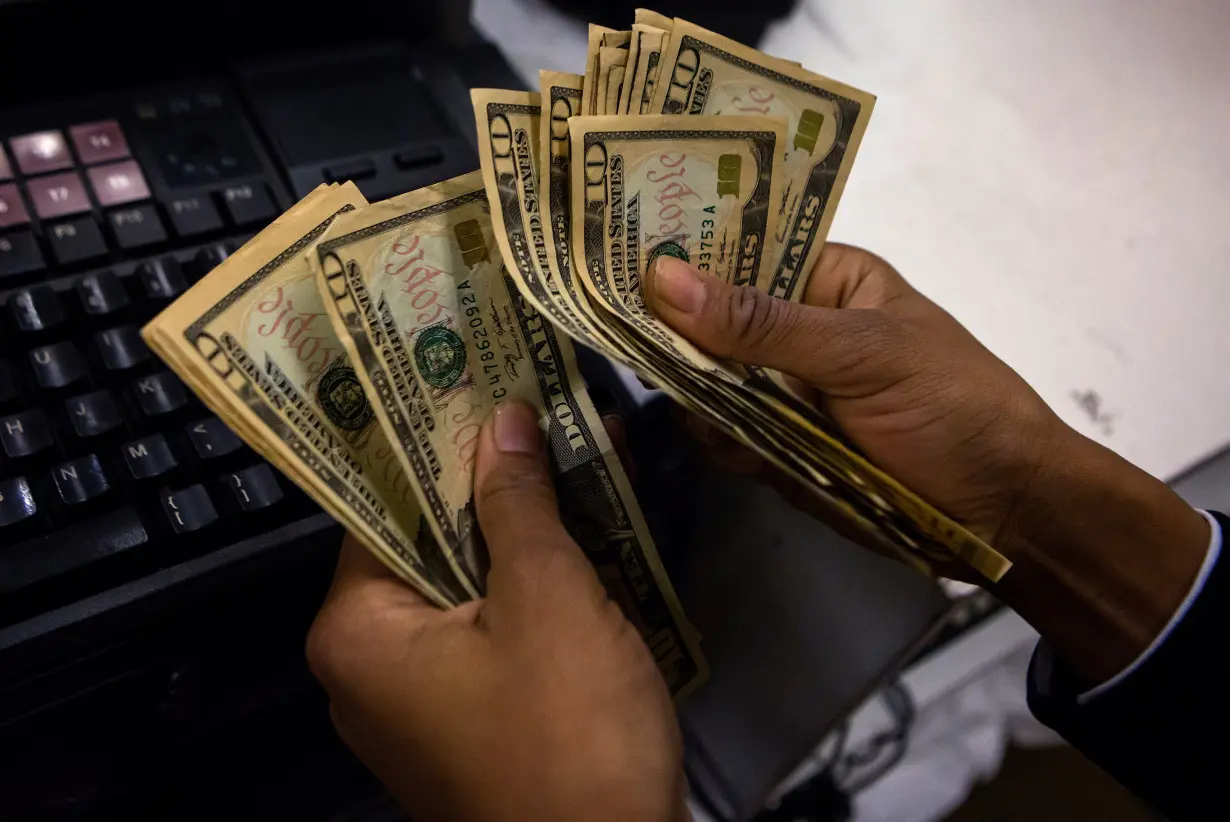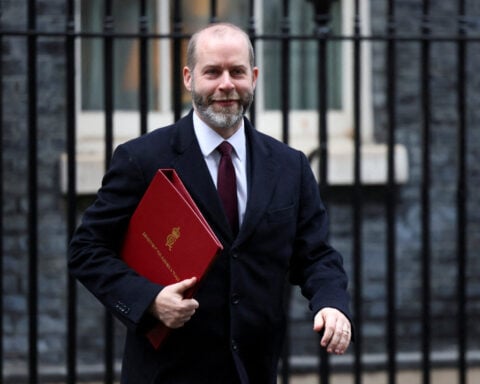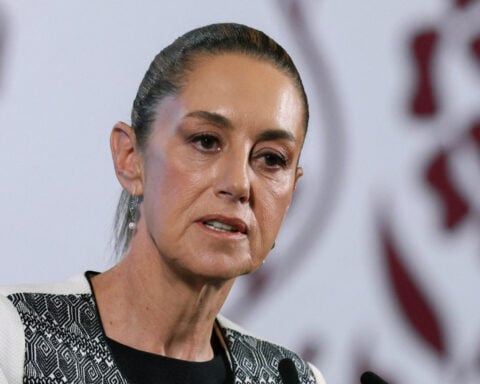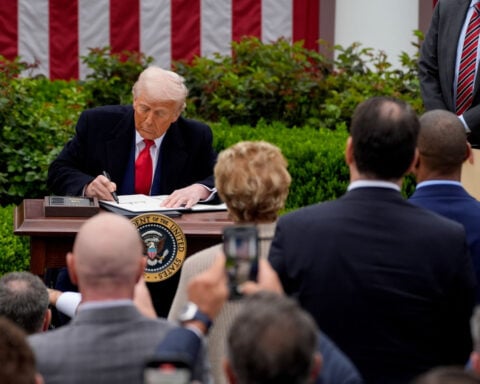By Lindsay Dunsmuir and Ann Saphir
(Reuters) -The Federal Reserve cut U.S. short-term borrowing costs on Wednesday by a bigger-than-usual half percentage point, a watershed moment that should start to ease some of the financial pressures everyday consumers have felt over the two and a half years that the central bank has battled with high inflation.
The Fed, after 5.25 percentage points of increases between March 2022 and July 2023, lowered its key rate to 4.75%-5.00% to address rising worries about the cooling labor market.
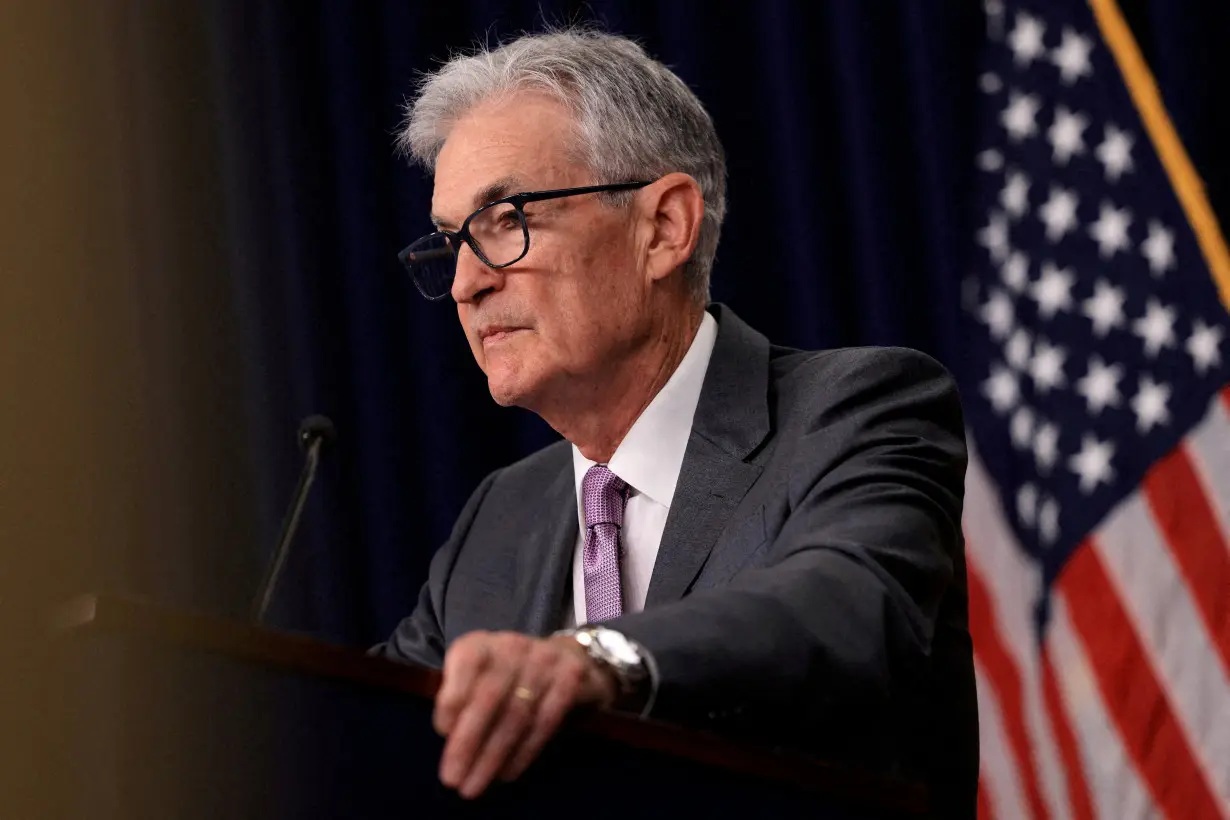
Financial markets are now pricing in the central bank to keep lowering rates to around 4.00%-4.25% by the end of the year, with more cuts in 2025.
Fed policymakers have said that they don't see the policy rate returning to the sub-2% levels that prevailed for more than a decade before 2022. That era's low mortgage rates, often under 4%, aren't coming back any time soon.
Still, a lower policy rate should translate to cheaper borrowing costs for most kinds of loans while, on average, paychecks are now rising faster than prices as inflation has cooled substantially. Even so, each trip to the grocery store is a reminder that today's dollars don't go as far they did just a few years ago.
So how will rate cuts affect ordinary Americans?
SOFTENING THE LANDING
The Fed's aggressive rate hikes, begun only after inflation had surged, were initially expected to cause an economic slowdown resulting in job losses.
Instead, the economy so far has averted recession, even as inflation by the Consumer Price Index dropped to 2.5% from a mid-2022 peak over 9%. Employers kept hiring, and the unemployment rate, even with its recent rise to 4.2%, is still low by historical standards.
In cutting rates, the Fed is trying to keep it like that. Already, hiring and wage growth have slowed, the number of job openings per worker has dropped, job search times are lengthening, and the number of workers settling for part-time work when they prefer full-time employment has risen.
Lower interest rates are aimed at easing those trends by making it less expensive for businesses and households to borrow and therefore spend more freely.
Whether the Fed can calibrate its rate cuts so as to achieve what economists call a soft landing - the policy coup of guiding an economy through a period of tight monetary policy to stifle inflation without jarring the labor market - will be one of the most important ways its actions will affect regular Americans.
"The challenge is that soft landings are rare and as much about luck as skill," says KPMG's Diane Swonk, who expects the Fed policy rate to be at 4.25%-4.50% by year end. "We have never achieved one in the wake of an actual bout of inflation."
COST OF CREDIT
Borrowing costs – rates on home loans, credit cards, auto loans and student loans - rose sharply as the Fed increased its policy rate.
Some of those rates, notably mortgages, have fallen quite a bit as the Fed has telegraphed its intentions for rate cuts: The average 30-year fixed rate mortgage recently fell to 6.20%, according to Freddie Mac, from a high of nearly 8% last October.
This week's rate cut, in other words, "has already been baked in," says Marcia Kaufman, CEO of Bayport Funding. Mortgage rates could fall more if the Fed signals deeper cuts than currently anticipated.
Other rates, for personal loans, credit cards and auto loans, are typically more closely tied to actual changes in the Fed's policy rate and should drop soon after the Fed acts, says Parthenon's Gregory Daco.
But the Fed isn't expected to slash its policy rate, so those rates - currently above 8% for five-year bank car loans, and more than 21% for bank credit cards, Fed data shows - likely won't move dramatically either.
As for student loans, if the loan is from the federal government it won't move at all. Rates on loans from private lenders will.
SAVINGS AND INVESTMENTS
As the Fed raised its benchmark rate, banks raised rates on high-yield savings accounts and certificates of deposits, with some banks crowing to savers about each increase.
As the Fed has signaled rate cuts, those same banks have quietly lowered their rates as well, and likely will drop them further once the Fed actually moves. For savers, that will be a negative.
The stock market's reaction to the Fed's rate cut is less predictable, because in the short-run it will hinge on whether the Fed's move is seen as locking in a soft landing, or a sign that the central bank is behind the curve and could crash the economy.
Over the longer run, lower interest rates tend to push up the stock market as a whole as investors are enticed to take on more risk when yields on safe assets like government bonds fall.
About 58% of American households in 2022 had money in the stock market, according to Fed research. Nearly all families among the top 10% of earners owned stocks, compared to 34% of families with earnings in the bottom half.
HOUSING AFFORDABILITY
While mortgage rates have dropped in anticipation of the Fed's rate cuts, housing affordability remains at levels comparable to what was seen during the housing bubble that preceded the 2007-2009 financial crisis, national data from the Atlanta Fed shows.
A Fed interest rate cut will do little to change that in the short-term, Fed policymakers have said. Eventually, lower borrowing costs should filter through to the housing market, encouraging builders to add supply and homeowners who locked in low mortgage rates years ago to consider selling.
"The dynamic between interest rates and home prices is very different in this business cycle post pandemic and the reason is we lack housing supply, both single and multi-family," says Nationwide's Kathy Bostjancic. "But one way you get increased supply in the market is having mortgage rates going down...in some areas you may actually see a little bit of a decrease in home prices because of increased availability."
(Reporting by Ann Saphir and Lindsay Dunsmuir; Editing by Dan Burns and Andrea Ricci)

 Trump has begun another trade war. Here's a timeline of how we got here
Trump has begun another trade war. Here's a timeline of how we got here
 Canada's leader laments lost friendship with US in town that sheltered stranded Americans after 9/11
Canada's leader laments lost friendship with US in town that sheltered stranded Americans after 9/11
 Chinese EV giant BYD's fourth-quarter profit leaps 73%
Chinese EV giant BYD's fourth-quarter profit leaps 73%
 You're an American in another land? Prepare to talk about the why and how of Trump 2.0
You're an American in another land? Prepare to talk about the why and how of Trump 2.0
 Chalk talk: Star power, top teams and No. 5 seeds headline the women's March Madness Sweet 16
Chalk talk: Star power, top teams and No. 5 seeds headline the women's March Madness Sweet 16
 Purdue returns to Sweet 16 with 76-62 win over McNeese in March Madness
Purdue returns to Sweet 16 with 76-62 win over McNeese in March Madness
